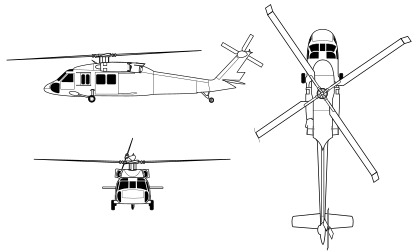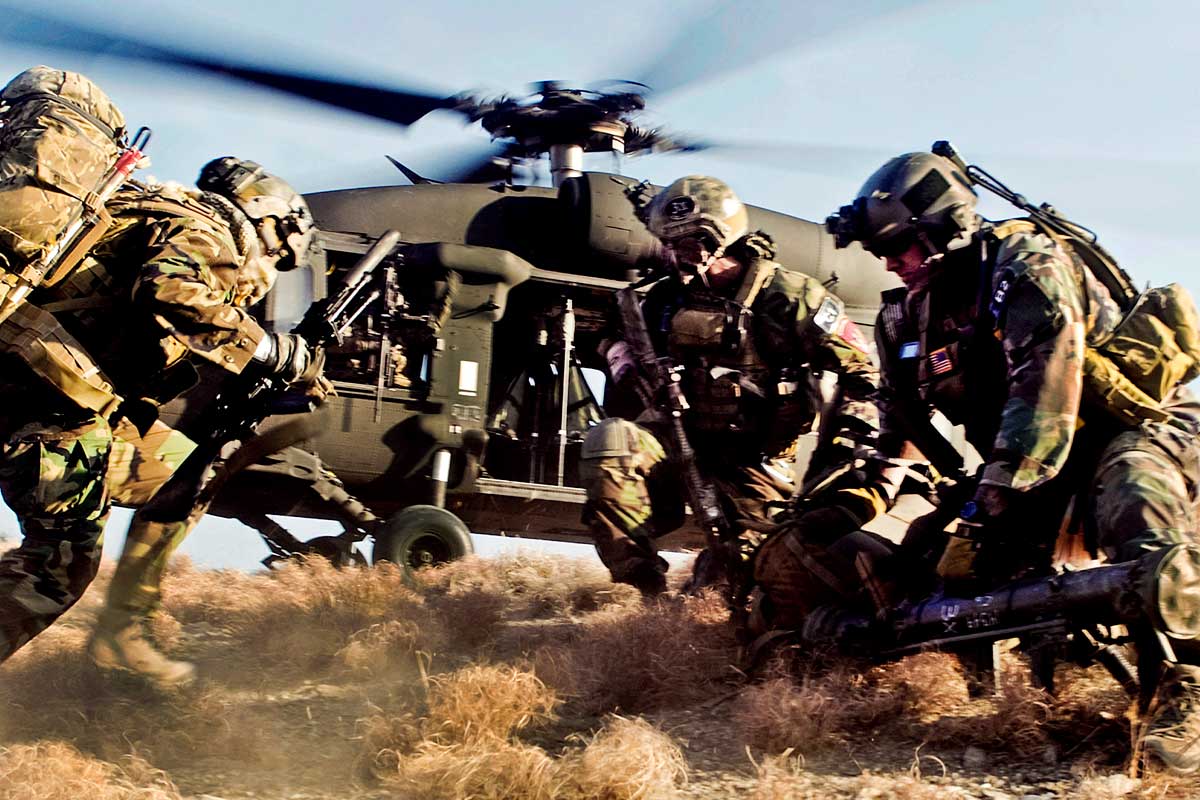UH 60 Helicopter Overview: Whatever You Need to Know
UH 60 Helicopter Overview: Whatever You Need to Know
Blog Article
A Comprehensive Overview to the Maintenance and Care of Aircraft for Longevity
The durability of an airplane pivots significantly on its maintenance and care, necessitating a structured strategy to guarantee optimum performance and safety and security. Normal assessments, paired with an organized upkeep program, act as crucial elements in determining possible issues prior to they intensify. In addition, the problem of the aircraft's inside and adherence to governing criteria play crucial roles in maintaining its value. Yet, comprehending the ins and outs of these practices can be complicated; therefore, it is vital to discover the vital elements that add to effective aircraft care and the implications of overlooking these duties.
Relevance of Normal Maintenance
Routine upkeep is necessary for the safety and security, efficiency, and durability of airplane. A systematic method to upkeep makes certain that all components operate efficiently, thus reducing the danger of mechanical failing during operation. Normal inspections and servicing permit professionals to determine possible issues before they intensify into significant troubles, making sure that the airplane stays in compliance with air travel laws.
Additionally, maintaining an airplane according to the producer's standards is important for protecting its value. A well-documented maintenance history can boost resale potential customers and instill confidence in possible buyers. In addition, routine upkeep contributes to functional effectiveness, as it assists to enhance fuel usage and efficiency metrics, causing cost financial savings gradually.
In addition, routine maintenance contributes to the general safety of trip operations (uh 60). By dealing with wear and tear without delay, operators can alleviate dangers connected with aging aircraft systems. This positive approach not just secures the lives of guests and staff yet additionally safeguards the aircraft itself against catastrophic failures

Daily Examination Checklist
How can pilots and maintenance crews guarantee the aircraft remains in optimal problem before each trip? The solution depends on a comprehensive day-to-day inspection checklist, which works as a vital procedure to recognize possible problems that could jeopardize safety and efficiency. This checklist must incorporate numerous vital locations, including outside and interior assessments, in addition to practical checks of vital systems.
Starting with the exterior, staffs need to assess the airframe for any noticeable damages, leakages, or indicators of rust. Attention has to be paid to manage surface areas, landing equipment, and the condition of tires. Relocating to the inside, the crew needs to confirm that all controls and tools are operational, making certain that digital systems are working appropriately.

In enhancement to structural checks, it is vital to evaluate fuel degrees and validate that all required papers, including registration and weight and equilibrium details, are up to date. Ultimately, a review of emergency devices, consisting of life vests and fire extinguishers, must be performed to guarantee conformity with safety and security policies. By vigilantly following this everyday assessment list, pilots and upkeep crews can considerably improve the security and dependability of their aircraft.
Scheduled Maintenance Programs
Arranged maintenance programs are necessary for the long-term safety and efficiency of airplane operations. These programs are created to make sure that all aircraft components go to my site undertake routine inspections, have a peek at this site maintenance, and necessary repair services at established periods. By adhering to an organized maintenance timetable, drivers can significantly lower the threat of in-flight failures, improve airplane dependability, and extend the life expectancy of vital components.
Normally, scheduled maintenance is classified into different levels, consisting of A, B, C, and D checks, each with unique needs and thoroughness. A checks are normally much more regular and concentrate on standard aesthetic evaluations and minor fixings, while D checks are much more detailed and occur less frequently, entailing considerable disassembly and overhaul of the aircraft.
Governing bodies, such as the FAA and EASA, required conformity with details maintenance routines based upon airplane kind and use. Operators should preserve precise documents of all maintenance performed to demonstrate conformity and help with examinations. The assimilation of anticipating maintenance modern technologies can better boost the efficiency of scheduled programs by determining potential issues prior to they rise, therefore making certain that airplane remain in optimal condition and all set for secure procedures.
Take Care Of Airplane Interiors
Taking care of airplane interiors is crucial not just for guest convenience however additionally for keeping the overall worth and security of the airplane. Normal cleaning and upkeep of the indoor elements contribute substantially to a positive flying experience while maintaining the aircraft's visual appeal.
To make sure ideal care, it is necessary to establish a routine cleaning timetable that consists of vacuuming carpets, cleaning down surface areas, and sanitizing high-touch locations. Upholstery and seats ought to be inspected for visit site damage, with any type of damage quickly dealt with to stop additional degeneration. Furthermore, attention needs to be provided to the galley and lavatory locations, which need thorough cleansing and restocking of materials to maintain hygiene.
Furthermore, the use of proper cleaning agents is vital; severe chemicals can harm materials and coatings, so it is recommended to make use of products specifically developed for aircraft insides. Normal examinations must also be carried out to identify any maintenance needs, such as changing worn-out seat covers or fixing window tones. By focusing on the care of aircraft insides, operators can improve the overall traveler experience and shield the investment in their aircraft.
Recognizing Regulatory Compliance
Regulative conformity is a vital aspect of airplane maintenance, commonly calling for operators to comply with an intricate structure of regional, national, and global standards. This framework is largely established by aviation governing bodies such as the Federal Aviation Administration (FAA) in the USA and the European Union Aeronautics Safety And Security Firm (EASA) in Europe - uh 60. These organizations state regulations that regulate various facets of aircraft upkeep, consisting of airworthiness, security procedures, and operational procedures

In addition, drivers must remain informed regarding adjustments in policies and take part in training programs to guarantee that their team is experienced about compliance needs. Failing to comply with these laws can lead to extreme penalties, including penalties, grounding of airplane, or loss of certification. Therefore, understanding and adhering to governing conformity is critical for the longevity and safety and security of aircraft procedures.
Conclusion
In conclusion, the upkeep and care of aircraft are extremely important for ensuring durability, security, and functional performance. Attention to the airplane's inside and compliance with regulative criteria dramatically contribute to preserving its value.
The long life of an aircraft pivots dramatically on its maintenance and care, necessitating a structured method to ensure ideal efficiency and safety and security. By faithfully following this day-to-day evaluation list, pilots and maintenance staffs can significantly enhance the safety and security and integrity of their aircraft.
These programs are made to make sure that all airplane components undergo regular evaluations, maintenance, and necessary fixings at predetermined intervals. By prioritizing the care of aircraft interiors, drivers can boost the total guest experience and shield the financial investment in their aircraft.
In conclusion, the maintenance and treatment of airplane are extremely important for ensuring longevity, safety, and functional performance.
Report this page